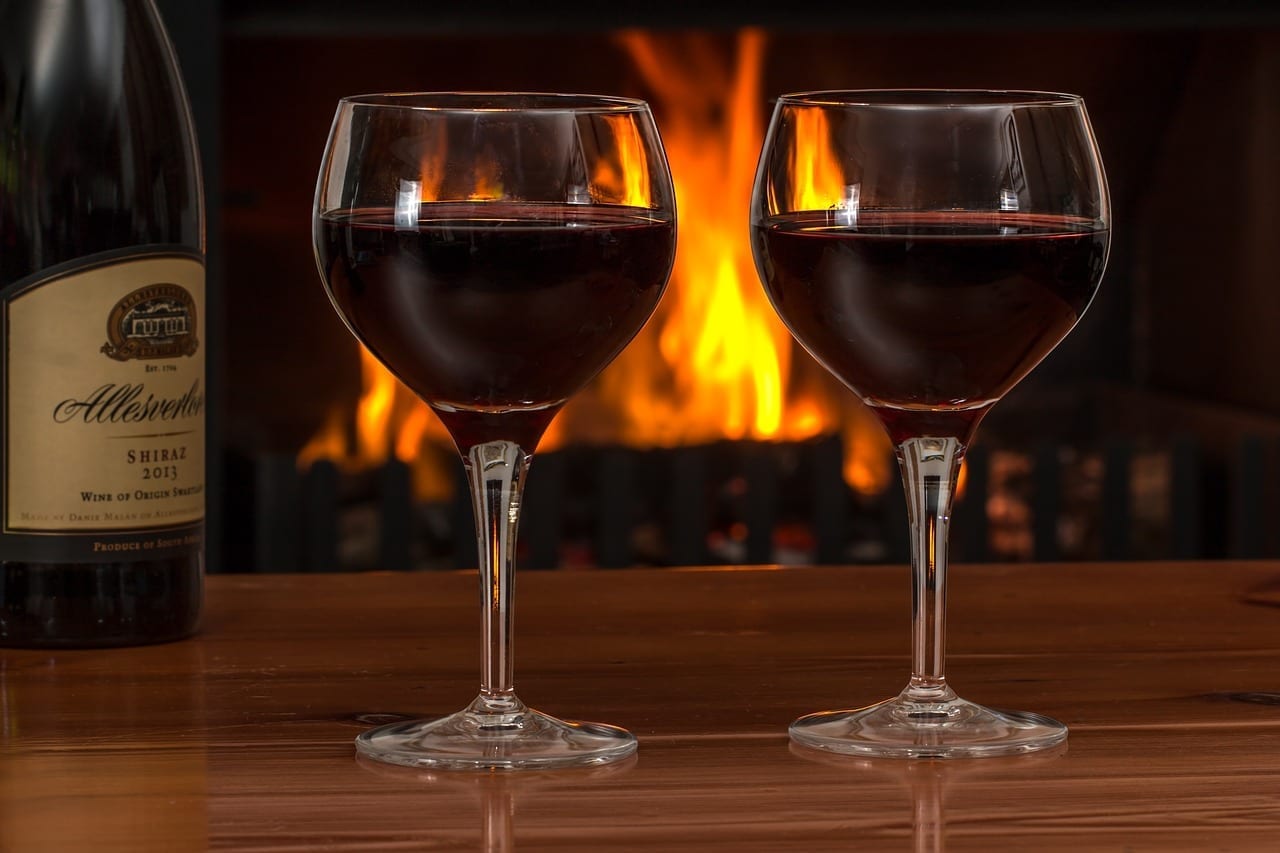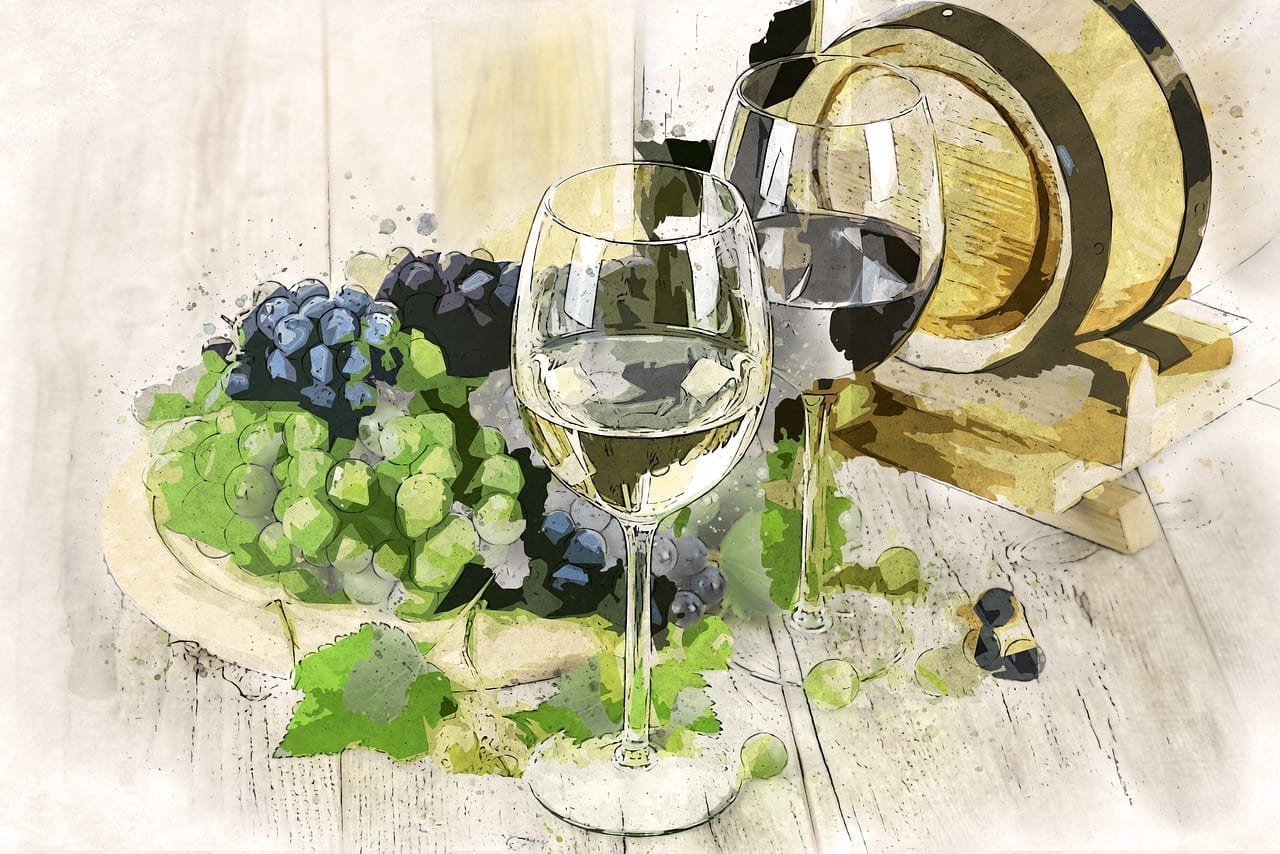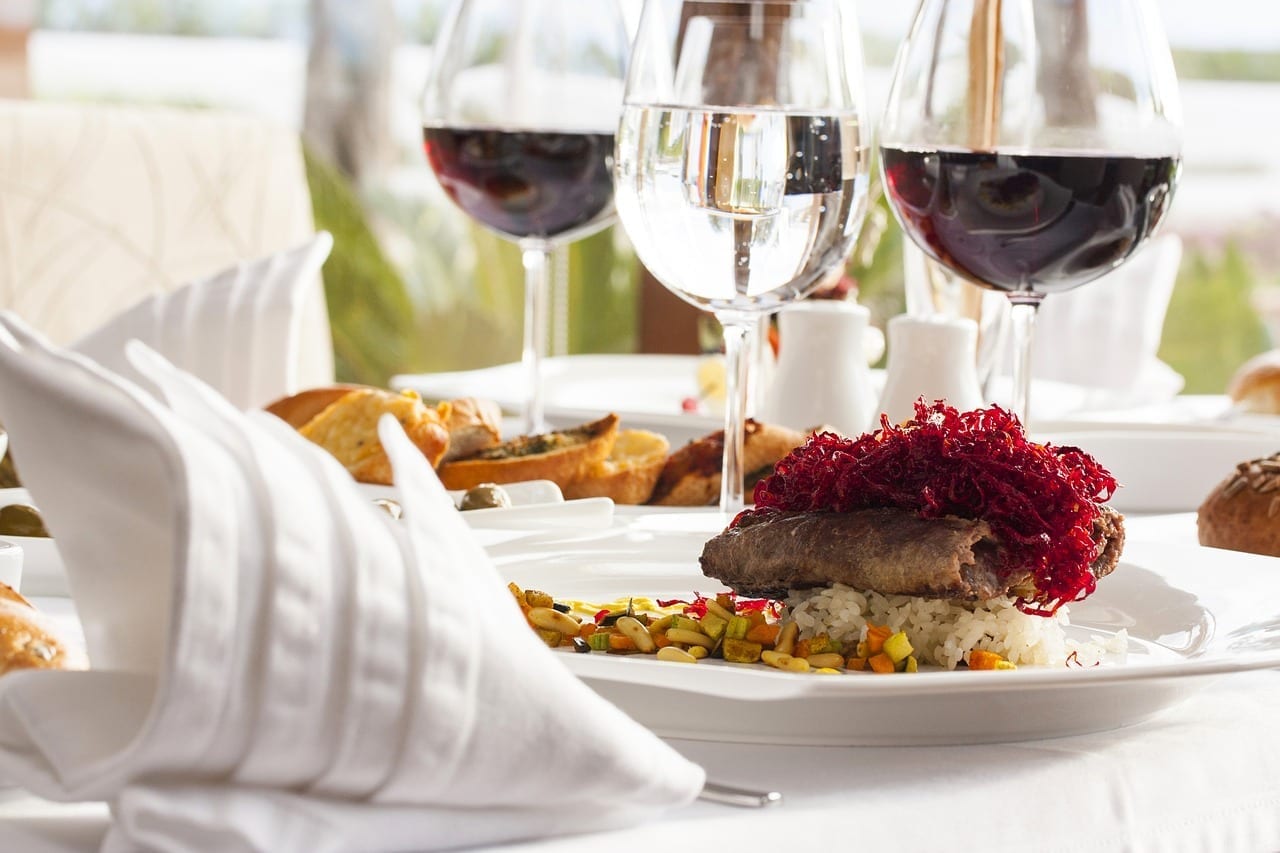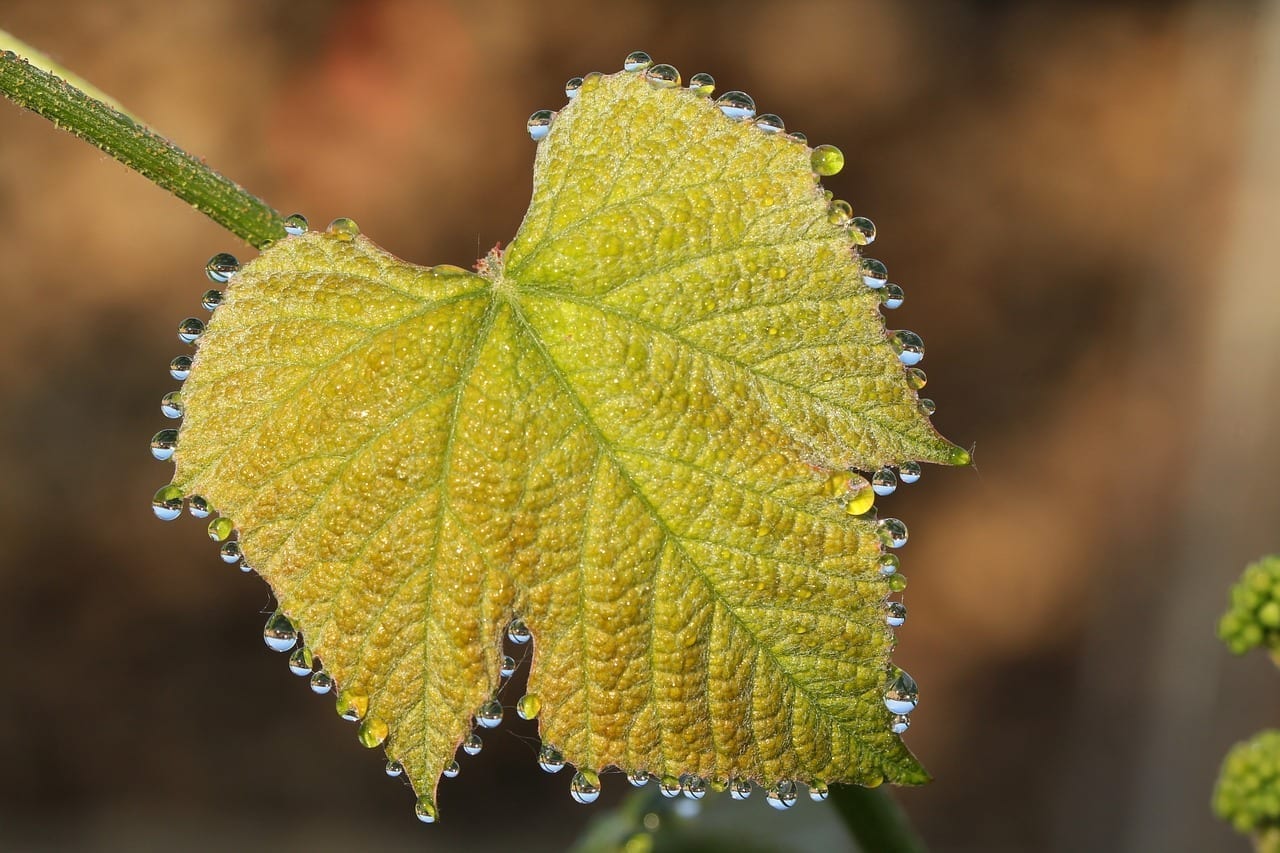Tags: History. White and red wines.
Last month we looked at the making of white and red wines and the fact that modern winemaking techniques have greatly improved what we drink today compared to the cloudy alcoholic substance drank hundreds of years ago. It is probable that the making of wine came about by accident, grape juice left for a while in the heat combined with the yeast lying on the outside of the skin of the grape and got together with the sugar in the grape which then fermented, providing the first glass (or container) of wine some several thousand years ago.
Champagne was another accident which initially was a curse to wine producers causing bottles of their hard work to explode in their cellars. As we mentioned last month one of the by-products of fermentation is carbon dioxide, which in making table wine dissipates into the atmosphere, but in days gone by wine was often bottled before all the yeast had been converted to alcohol as the cold weather halted the fermentation process. With the onset of spring bringing the warm rays of the sun the fermentation would start again, but within a corked bottle not built for the process, and suddenly the carbon dioxide would create a fizzy drink and the bottle would explode.
The Romans had planted grapes in The Champagne region several thousand years ago but the wines were considered to be poor compared to Burgundy and a lot of the wines were made by the Monks for religious purpose and to resolve the exploding wine problem a young monk by the name of Dom Perignon was employed to stop this curse from happening. The problem was that a number of bottles exported to England didn’t explode and the monarchy had developed a liking for this new sparkling wine!

When Perignon tried the wine from an unexploded bottle he exclaimed “ come quickly I am drinking the stars’ Although Perignon did not invent champagne he was responsible for the development of a bottle that held the pressure, a cork and muselet (the wire cage) that prevents the cork from leaving the bottle and he was also involved in the deliberate secondary fermentation of the wine and the blending of different varieties to produce a perfect product.
Champagne is a region of France about ninety miles north of Paris and has a set border in which only three grape varieties are grown Chardonnay, Pinot Noir and Pinot Meunier, and anything produced outside this border cannot be called Champagne. However, due to the popularity of the wine especially now that China is developing a thirst for it there are moves to expand that border.
Champagne can be made from any single variety of the three grape varieties or a combination of any which makes them all different, this combined with the regions weather and the soil (terroir) and making them in the traditional “Method Champenois” (in the bottle) is what had made Champagne different to other sparkling wines, especially as it set the standard for sparkling winemaking and its use for all types of celebrations which have carried on over the centuries.

The grapes are all handpicked and mechanical harvesters are banned from Champagne as the slightest damage to the skins could result in variously tainted wines. There used to be a starting date for the picking of the grapes but this is now more relaxed and each village can decide when this should be. There are two types of Champagne, vintage and non-vintage, the non-vintage being a reserve wine prepared each year with various years blended together to produce a constant style that a consumer can always rely on.
The vintage wines will be made from the wine of a single year and the date shown on the bottle, however with nature playing its part, there will be better vintages than others. Once the wines have been made and blended they are cold stabilized to eliminate crystals and then are ready for the second fermentation. This is obtained by adding the liqueur tirage, a mixture of wine, sugar and a selected yeast culture carefully calculated to give the right amount of bubbles to the final result.
The wine is then bottled and sealed with a crown cap (as used on imported beers) and stacked horizontally at a constant temperature of around 12 degrees and the secondary fermentation can take around three months to complete. During this period the bottles are shaken to shift the forming sediment when the bottles are inserted neck first leaning downwards into riddling tables and over a period of time turned gently to propel the sediment down to the neck of the bottle, in smaller wineries this is still done by hand.
When the time has come to disgorge the wad of sediment the neck of the bottle is submerged in a tank of freezing brine, the top is then removed and the wad gets pushed out by the pressure, the bottle is then topped up with the liqueur d’expedition, containing wine similar to what is in the bottle and usually some cane sugar. The cork and cage are then fitted and the product will then be ready for packing, although some Champagne houses will age them for a while. The following terms can appear on the label. Blanc de Blanc. White wine made from white grapes exclusively Chardonnay.
Blanc de noirs. White wine made from black grapes, Pinot Noir and Pinot Meunier. Brut. Very dry. Cru. A growth or a village. Cuvee. A blend of wines that make up a specific Champagne. Cuvee prestige. The Champagne Houses top Champagne. Non-vintage. A blend of current and reserve wines. Vintage. Wines of that year. Cheap sparkling wines are made similar to soft drinks by adding carbon dioxide to the wine then bottling it. I hope I have made this fairly simple for quite a complex winemaking procedure, for that blame Dom Perignon.

You don’t need a celebration to enjoy Champagne so there are quite a number of specials out there and the home brands from Woolworths (BWS and Dan Murphys) and Coles (Liquorland, Vintage Cellars and First Choice) offer very good value. Enjoy Mumm, Veuve Clicquot, Moet and Chandon, Pommery and Tattinger. For the more discerning try Bollinger, Perrier Jouet, Henriot, Krug, Cristal and of course Dom Perignon. Cheers, Philip Arlidge [email protected] An oldie but a goodie.
Lily Bollinger House of Bollinger quotes:
“I drink Champagne when I’m happy and when I’m sad. Sometimes I drink it when I’m alone. When I have company I consider it obligatory. I trifle with it if I’m if I’m not hungry and drink it when I am. Otherwise I never touch it—unless I’m thirsty.”
Other Articles
https://thebribieislander.com.au/wineglass-tips-and-how-to-prepare-your-wine-bottle-for-serving/
